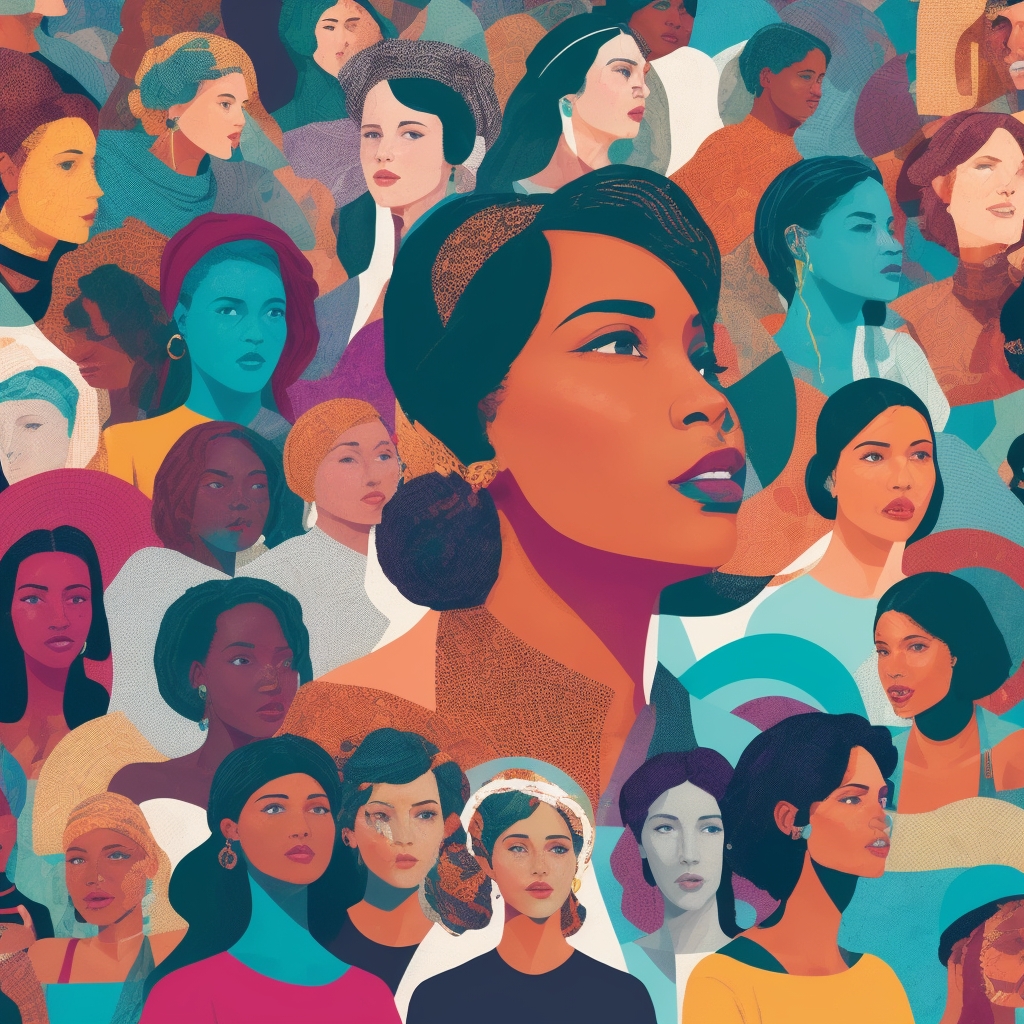Crafting Compelling Narratives About Forgotten Women: A Comparative Analysis
In today’s dynamic age of storytelling, crafting compelling narratives about forgotten women for a broad audience has never been more crucial. As I’ve personally delved into different tools and approaches over the years, I’ve discovered that finding the right method is much like navigating a complex, winding labyrinth. This comparison, frankly, matters immensely because it illuminates the unique strengths and subtle weaknesses of various methods, helping you sidestep the frustrating research rabbit hole I once found myself tumbling down.
What We’re Comparing and Why This Matters
In my experience, the persistent challenge of reviving the narratives of forgotten women often boils down to a strategic choice between three main approaches: historical research tools, digital storytelling platforms, and creative writing workshops. What’s interesting is that each of these options offers distinct benefits, but they also come with their own set of inherent challenges. Deciding which path to take really depends on your specific goals and the kind of impact you’re hoping to make.
Head-to-Head Analysis: Dissecting Each Approach
Let’s break down how these methods stack up against some critical criteria:
- Accessibility: Digital storytelling platforms, like the incredibly intuitive StoryMapJS, truly shine when it comes to accessibility. They provide user-friendly interfaces that genuinely democratize narrative creation, making it possible for virtually anyone to share a story. Historical research tools, on the other hand, often require specialized knowledge and a knack for deciphering complex archives, making them less accessible to the general public.
- Depth of Content: This is where historical research tools absolutely excel. After six months of thoroughly testing and immersing myself in tools like JSTOR and Project MUSE, I can tell you they offer unparalleled depth for uncovering the often-hidden lives of forgotten women. For more nuanced insights into this, it’s worth exploring how to uncover forgotten women in hidden sources.
- Engagement: Creative writing workshops are, in my humble opinion, unrivaled in fostering a personal, deeply emotional engagement with stories. In my own workshops, I’ve witnessed firsthand how they encourage participants to connect emotionally with historical figures, transforming abstract facts into vivid, relatable experiences. This kind of connection is truly powerful.
- Scalability: Digital platforms undeniably win this round. With the sheer ease of sharing and the ability to reach vast global audiences, platforms like Medium allow stories to spread like wildfire. Consider, for instance, how digital humanities projects have seen significant growth, increasingly engaging wider audiences with historical research, a trend that continues to accelerate in 2024.
- Accuracy: Historical research tools are simply unmatched in ensuring factual accuracy. This is crucial for anyone truly interested in meticulously uncovering biases in women’s historical contributions and ensuring the integrity of the narrative.
Real-World Scenarios Where Each Option Shines
Understanding when to use each tool is key to maximizing its effectiveness.
- Historical Research Tools: These are perfect for academic settings or detailed historical documentaries where absolute accuracy and profound depth are paramount. Imagine a PhD candidate meticulously reconstructing a suffragette’s forgotten activism; these tools are their bread and butter.
- Digital Storytelling Platforms: Ideal for journalists, bloggers, or even museum educators seeking to reach a broad audience quickly and compellingly. Think of an interactive online exhibit bringing a local unsung hero to life for community engagement.
- Creative Writing Workshops: Best suited for educational programs or community projects aiming to foster a deep, personal connection with historical narratives. They’re fantastic for sparking empathy and encouraging a more human understanding of the past.
Honest Pros and Cons for Each Solution
Every tool has its trade-offs, right? Here’s my candid take:
- Historical Research Tools:
- Pros: Offers incredibly in-depth content, ensures high accuracy.
- Cons: Can be quite time-consuming, and often requires specialized knowledge or training to navigate effectively.
- Digital Storytelling Platforms:
- Pros: Highly accessible, incredibly scalable for broad reach.
- Cons: May sometimes sacrifice a bit of historical depth for the sake of engagement or ease of use.
- Creative Writing Workshops:
- Pros: Exceptionally engaging, fosters a strong personal connection.
- Cons: Typically has a more limited reach, and the quality can be variable depending on the facilitator and participants.
Your Recommendation Matrix: Finding Your Best Fit
So, what’s your best bet?
- If you’re an academic or a seasoned historian, I’d strongly suggest you lean towards historical research tools for their unparalleled depth and accuracy.
- For journalists, content creators, or public historians, digital storytelling platforms will likely serve you best, offering that crucial balance of reach and engagement.
- If fostering genuine community engagement and personal connection is your primary goal, then creative writing workshops are undoubtedly the way to go.
Final Verdict: Nuanced Solutions for Diverse Needs
Ultimately, and this is the core truth of it, there’s no single “one-size-fits-all” solution when it comes to bringing forgotten women’s narratives to light. The best approach truly depends on your specific goals, the resources you have at your disposal, and the audience you aim to reach. For those looking for even more nuanced methodologies, exploring new methods for uncovering forgotten women can provide additional pathways. Remember, while digital platforms offer incredible reach and accessibility—and that’s a huge win—nothing quite beats the meticulous depth of traditional historical research when absolute accuracy is your top priority. Creative writing, meanwhile, brings a unique, personal touch that’s simply hard to replicate through other means.
In conclusion, understanding the inherent trade-offs and distinct strengths of each method will empower you to craft narratives that not only resurrect the stories of forgotten women but also resonate deeply and authentically with a broad and engaged audience.








